Tata’s Affordable EV Line-up: Punch EV Facelift Coming, Altroz EV Still in Progress
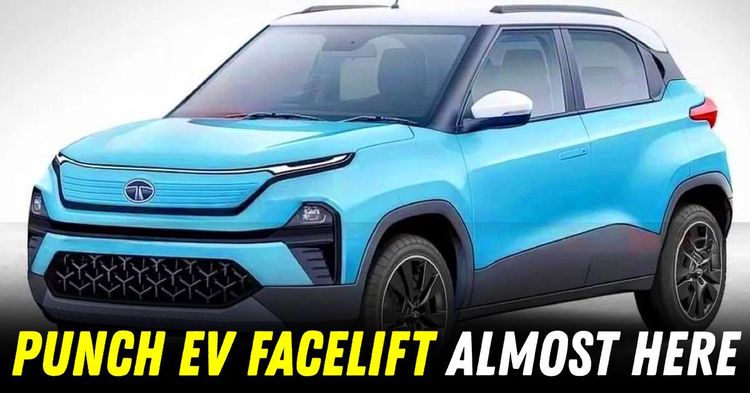

Tata Motors is working on two electric cars that could make EVs more affordable for a larger number of people. These are the facelift version of the Punch EV and the long-awaited Altroz EV. Both cars aim to offer electric mobility without being too expensive.
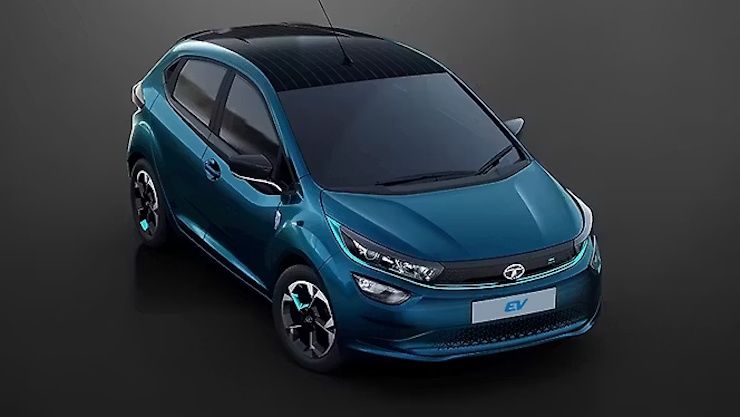
The Altroz EV was first shown to the public in 2020, but it has not yet reached showrooms. The latest reason for delay is a technical problem related to fitting the battery into the car. The Altroz platform was not designed as an electric car from the beginning. This has made it harder to place the new battery pack properly without affecting the rest of the car.
Because of this, the Altroz EV is now expected to launch in 2026. When it finally arrives, it will sit between the smaller Tiago EV and the larger Nexon EV. The car will likely offer a range of around 300 kilometres on a full charge. It is meant for people who want more space and comfort than the Tiago but do not want to spend as much as they would for the Nexon.
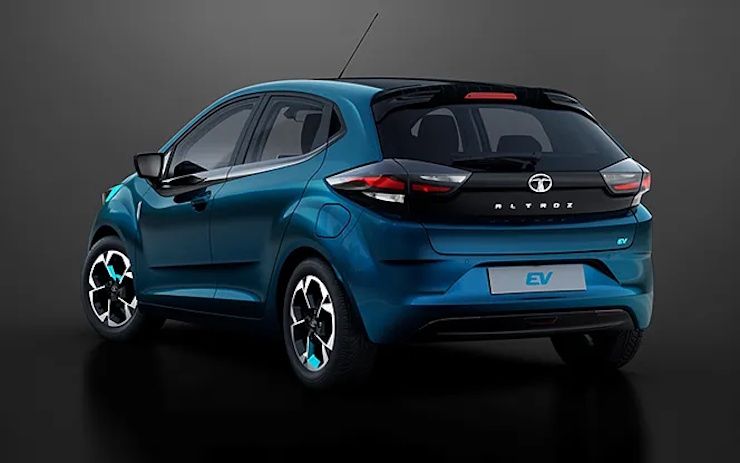
The delay is a setback, especially since other companies are also preparing to launch small and mid-size EVs in the same price range. If Tata waits too long, it may lose its early advantage.
The Punch EV is already available for sale. It has done well, especially among those looking for a small SUV with electric power. Now, Tata is preparing a facelift version of this car. This new version is expected by the end of 2025.
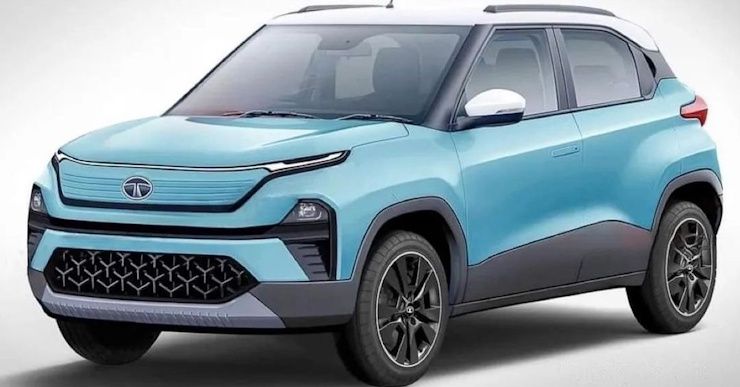
The updated Punch EV will have some changes in design and may offer more features inside. It will likely come with better software and slightly faster charging. Some versions might also include improved battery management for better mileage in daily use.
The current Punch EV is built on Tata’s Acti.ev platform, which is made for electric vehicles. It already offers two battery sizes and a claimed range of up to 421 kilometres. The facelift may not change the battery, but it could make the car feel more modern and useful.
As EVs become more common, companies are trying to make them cheaper and more practical. Many people still worry about price, charging time, and range. Tata’s Punch EV and Altroz EV are designed to solve these problems without asking people to spend too much.
If priced below 12 lakh rupees, these cars could appeal to families who want a reliable car for city use and occasional trips. With growing charging networks in many cities, range anxiety is also becoming less of a concern.
Tata is also looking at how to cut costs by using more local parts. Right now, many EV parts like rare earth magnets are imported. These magnets are used in the motors that run electric cars. Some Indian companies are now investing in local mines and factories to produce these materials within the country.
This could help Tata keep prices steady, even if the global market becomes uncertain. Cheaper and more reliable parts would also help make EV production smoother and faster.
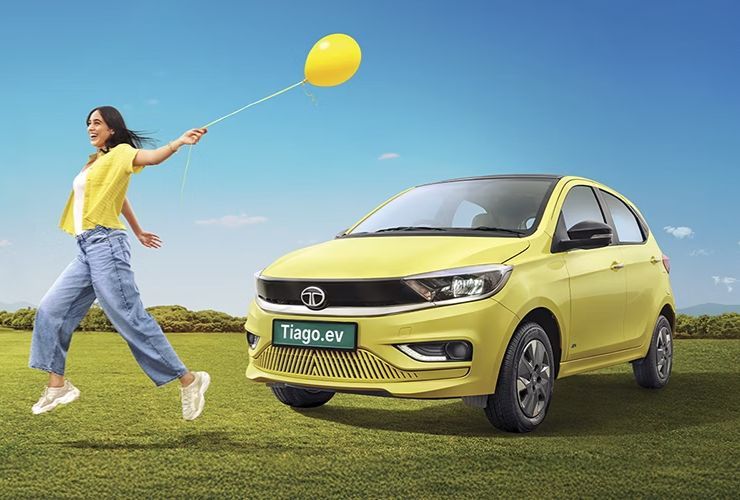
Tata is currently the top company in terms of electric car sales. Cars like the Tiago EV and Nexon EV have made a big difference. Now, with the updated Punch EV and the future launch of the Altroz EV, Tata wants to stay ahead.
These cars will not offer luxury features or super high speed. Instead, they will focus on what matters most for regular drivers. If Tata can fix the Altroz EV’s problems and make useful updates to the Punch EV without raising prices too much, it could stay ahead in the growing EV market.